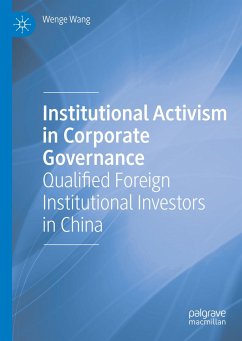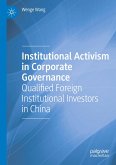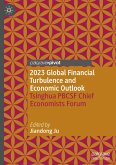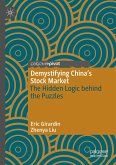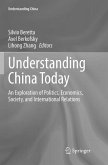Using both qualitative and quantitative methods, this book examines whether qualified foreign institutional investors (QFIIs), through their shareholder activism, have a meaningful positive impact on the corporate governance of firms listed on the mainland Chinese stock market. Capital flows into and out of China are still subject to tight controls, and the QFII scheme is one important avenue through which QFIIs can become invested in the Chinese stock market.
This book is an invaluable resource for anyone interested in learning about ways to invest in one of the world's largest economies. Wang discusses in depth what specific opportunities, challenges and restrictions to expect in the process, and how investing in China differs from investing in countries with a more open capital account.
This book is an invaluable resource for anyone interested in learning about ways to invest in one of the world's largest economies. Wang discusses in depth what specific opportunities, challenges and restrictions to expect in the process, and how investing in China differs from investing in countries with a more open capital account.

